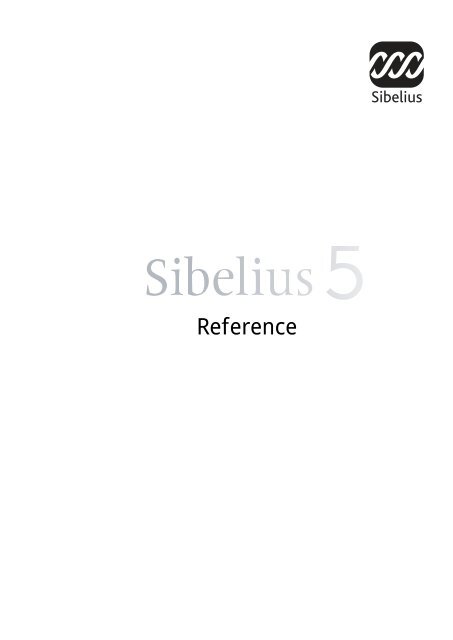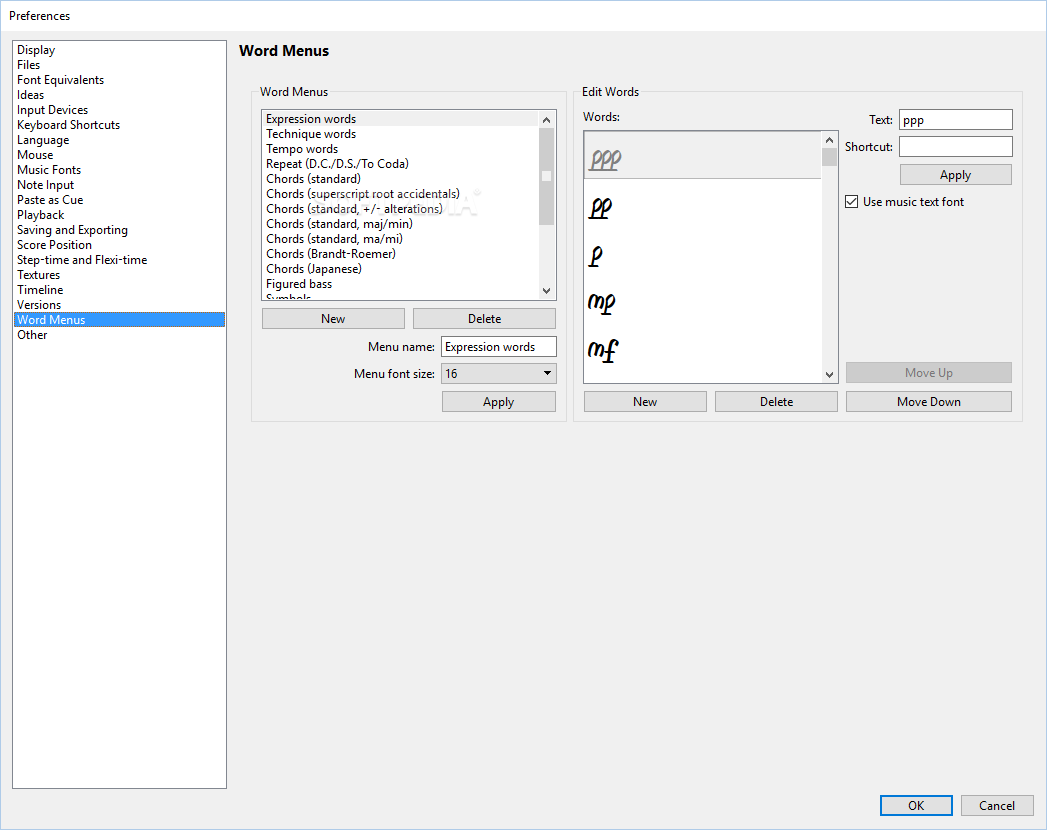

Sibelius is also highly useful due to its midi pitch bend capabilities. But without the fermata the end of the file sounded cutoff, almost as if it where missing a note.

The last note in the MIDI file accompanying the above image has a fermata on it, which one might not guess from listening to the file. Power chords in progression create parallel fifths, though the prohibit is not relevant since there is no intention to create independent voices. In general, if one creating an image of a melody select "Letter" and "Landscape" and lower the staff size appropriately while if one is creating an image of single chord select "Band" and "Portrait" and raise the staff size appropriately. You want the notation to be as large as possible, but still fit on one page (the "Change page" buttons below the image should either not be highlighted or your desired piece of notation should fit on only one page). Regarding notation: Select "Layout: Document Setup" and adjust the paper size and orientation and staff size to optimize the notation example. From Options select monochrome unless your file needs to include color and select Substitute lines and braces. From Size select a file size (300 dots per inch is a good size, 150 works for almost all uses) then click "Adjust size to improve staves" and "Use smallest bounding box". From the "Program/Format" menu select PNG, from pages select "Selected systems", from Folder doublecheck the filename and select the location on your computer which you which to temporarily or permanently store the file before uploading it to Wikipedia. Select File:Export graphics and the Export graphics window will open. If you want to create an image of an entire page, select every measure of an entire page (select all).



 0 kommentar(er)
0 kommentar(er)
